|
I’m a fairly plain spoken person, wishing to communicate and be understood by my clients on the first go-round, rather than using esoteric industry and design terms. But we all have our trade lingo, and I’m sure I’ve thrown out a few terms during client meetings that left my clients perplexed. Mutually understood reference terms are essential to effective communication so that the “message sent” equals the “message received.” If you are the client, and you don’t understand an interior design term that someone uses, it’s useful, and entirely appropriate, to ask, “Can you give me a specific example or visual of that style?” So what are all those interior designers, bloggers, and magazine article writers talking about? With the goal of more effective communication, here are some interior design definitions that get used all the time:
If you’re a client and you aren’t familiar with an interior design term someone uses when speaking with you don’t be afraid to ask for clarification. In today’s fast-paced world, who has time to get lines crossed? And remember – Photos speak volumes!
These days there are five very popular interior design styles in the interior design trade: Traditional, Arts and Crafts, Mid-Century Modern, Modern and Transitional. So that you know what each of them looks like I thought that I would give you a brief overview of the defining characteristic of each design style.
to add dimension; a blend of shiny and matte finishes help layer a room; and leather, burlap, chenille and rattan add further interest. Transitional interior design blends masculine and feminine elements to create a comfortable space for everyone. Accessories are kept to a minimum and aren’t too fussy. Wood is used to balance softer carpets and drapes. The overall feeling of the room is comfortable. (Dwell Candy). This dining room from Lisa Peterson and Melanie Hayes in Traditional Home shows the traditional architecture in the mirrored wall cabinets, paired with the modern chandelier and industrial-like table base, all done in neutrals. I hope this post helps you interpret the nuances of today's most popular interior design styles. If it does - great!! If not - please don't hesitate to send me your questions.
As I detailed in my last blog post on the “Top Ten Color Mistakes”, since colors are so vital to decorating I want to share my latest find—a digital tool for accurately “reading” colors: the Color Muse. Basically, the small Color Muse device has its own light source (charged by an internal battery that can be recharged with the included micro USB power cord), and you operate it through an app on your phone. The Color Muse works with an iPhone, iPad or Android phone. To demonstrate the Color Muse, in the photos below I have used the app to tell me the corresponding Benjamin Moore paint color for the teal canister in a kitchen. After a couple of seconds the Color Muse app chooses “Rendezvous Bay 726” as the closest paint color match. I concur! If you are interested in finding out more about the Color Muse, here is a link to more information on this fantastic product:
Color Muse Website If you need help matching colors in your home, I would love to demonstrate the Color Muse tool for you in your next interior home project! I just used it yesterday with a client who purchased a lakefront home in New Hampshire, and she is in search of the existing wall paint color to do some small touch-ups. In two minutes we identified the color…how cool is this techie product??? 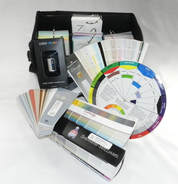 Today I’ll relate the top ten mistakes I see clients make when choosing paint and color schemes for their homes, either when they don’t have a practiced interior color sense, or a designer who can help them with this critical area. Don’t make these same mistakes, as repainting can be extremely frustrating, time-consuming, and expensive! TOP TEN COLOR MISTAKES YOU WILL NOT MAKE:1. When choosing a wall color, using the exact color taken from a rug, art piece, or fabric without regard to intensity of that color.
I’ve always loved the styling and fine wood craftsmanship of Windsor chairs and benches; a classic staple of New England homes that are still very current in all sorts of locales be they coastal, mountain, country, urban or suburban. When you think about the work involved in making such a chair/bench, and the subtle proportions involved, the Windsor style is truly a piece of art. While my pursuit of a Windsor bench at the Brimfield Antiques Fair this past week was sadly unsuccessful, I did score a terrific resource to share with you. First, let me point you to the furniture maker I have long admired, O & G Studio in Rhode Island (oandgstudio.com) that makes the gorgeous Atlantic Settee Bench you may have seen in New England Home, Elle Décor, the New York Times, Lonny, Vogue, and various other publications. This is the bench I crave, and I have just the perfect striped fabric to make the crisp and tailored (but unstuffy) pieced cushion they feature here. Striking, isn’t it? And the black paint makes it look so modern and architectural.
For a dining area, Windsor chairs are very versatile and durable. Here’s a photo of my client Monica’s eating area with such stylish flair…I can’t take credit for the overall design, it’s all her creation! I was helping her with window treatments for the sliding door, and I couldn’t resist admiring the beautiful, kid-friendly, and fresh space that she had created. Bravo, Monica! I love it when my clients have a design point-of-view! Finally, let me share with you some of my design and decorating work in the upstairs Ballroom of the famous Wayside Inn in Sudbury, MA. In the photo you can see the Birdcage Windsor chairs that the Inn favors in this small (50-person) function room ‘s space. In 2011, I had the privilege of totally renovating this room (and many others at the Wayside Inn) with new window treatments, bench cushions, carpeting, lighting, stenciling, and other historically accurate decorative features. I’m sure I’ll share more on those projects in future blog posts, but suffice to say it was a dream project for me; one that fueled my love of historic spaces and renovating with a period pieces and styles that are still very relevant today.
The Brimfield Antiques Fair, a Massachusetts staple of summer, is coming up this week, 11-16 July 2017. This fair is definitely worth a visit for a day’s outing, an hour’s drive from Boston in central MA not too far off I-90, the Mass Turnpike. The fair attracts dealers from all over the east coast, bringing their goods to the outdoor market, with most booths under tents. While vintage items, antique furniture, and artisan handcrafted furniture are the main thrusts of the fair, there are lots of outdoor items (planters, furniture, garden sculptures), and what some might call “junk” but raw materials for aspiring artists and crafters. My friend Deborah and I went to Brimfield last September, and I scored a whole box of antique clock parts for my teenage daughter who is into making Steampunk jewelry with gears, springs, and other metal mechanical parts. She was thrilled! And where else but Brimfield could you possibly ask “Do you have any old clocks that don’t have to work that I can take apart?” The dealer came up with the box of old clocks within 1 minute of our arriving at the booth, and within 5 minutes my score of $30 made the whole trip worthwhile. After loading the box in the car, it was a lovely morning of browsing and seeing the sights. Here are some of my photos from last year, where I bought an eclectic mix of clock parts and vintage bottles at the request of a client. Gameplan: If you go, I suggest you have a definite shopping list of items you are looking for. The show is huge, and if you spend 3-4 hours there, you will likely walk 2+ miles, and see hundreds of vendors. Some find it overwhelming, but I find it good fun if I have 3 or 4 items that I am specifically looking for. Wear good walking shoes, bring water (it can get hot and as a temporary fair, the amenities are sparse), sunscreen, and a car/van to cart things home if you think you will buy some furniture. Truthfully, children under 10 are probably not going to be intrigued by anything at the show, and there are lots of breakables, so I wouldn’t bring small children. However…an empty baby carriage might not be such a bad idea to bring along in the car if you have to cart things back to the car…I suggest you bring cash for transactions, but some dealers take credit cards. Logistics: The Brimfield fair always runs 3 times per year, in May, July, and September. There are lots of parking fields for a $5 all-day fee. Most booths are open at daybreak (yeah, that’s really early in summer in MA), and I myself like to go early in the morning. Set your GPS to 35 Palmer Rd, Brimfield MA and you can’t miss it. Different fields are open on different days, and if you are a veteran of the fair, you may prefer to go when a certain vendor is there. But if you are a newbie, I suggest you choose a weekday if possible (naturally the Saturday at the end of the show is always packed), check the weather report, and consult their website: Brimfield Antique Flea Market I’ll be going this week with a friend. I’m looking for a new bench for my revamped mudroom…going a bit lighter and a touch coastal in there for a fresh look…and I need a Windsor bench…wish me luck!
And if you can’t catch the July Brimfield fair, no worries, it will run again September 5 -10, 2017. Happy treasure hunting wherever you venture this summer. As a designer, one of my responsibilities is to recommend suitable fabrics that will stand up to the task at hand. For example, if you need a new custom cushion for your mudroom bench, I would probably recommend a Sunbrella®, Crypton, or other indoor/outdoor-rated and spot-washable fabric that could stand a little mud, snow, rain, and “backpack who-knows-what residue.” Think school bus floor…well, scratch that mental image for now! So,what are these super durable fabrics that are now engineered for softness and a good “hand” for indoor use, and how do you clean them when spots and stains happen? Sunbrella Fabric: Most of you have already heard about the fabulous Sunbrella® fabric that originated for outdoor use, but has become popular for indoor use too. This brand was developed by textile innovator Glen Raven in the 1960’s to create an awning canvas with a longer lifespan than traditional cotton. Their solution-dyed acrylic paired with high-style designs, caught on and today Sunbrella is considered one of the top marine-grade fabrics in the world. It has many applications, for boat canvas, upholstery, awnings, sling chairs and more. The fact that Sunbrella is acrylic and the color is in the actual fiber strands, not just printed on, makes it cleanable with bleach. In humid and wet areas, this means you can use bleach on Sunbrella to combat the dreaded mildew. My favorite Sunbrella supplier has generously posted instructions for cleaning of this fabric (in downloadable PDF files): Sunbrella Outdoor PDF Sunbrella Indoor PDF Sunbrella Stain Cleaning PDF Crypton Fabric: Several of my vendors offer Crypton fabric, which is great for seat cushions in kitchens, mudrooms, and dining rooms. It started with hospitality use (commercial spaces like restaurants, offices, hospitals, etc), and has new hit the home décor market with great success, and many patterns. Here is a blurb from the Crypton site:
Cleaning Codes for Home Décor Fabrics Just like the care tag sewn into apparel items, each home décor fabric comes with a cleaning code. When you receive fabric samples from Center Stage’s fabric vendors, look for this information on the label—typically DC, S, W, WS, or X, as described below. General Guidance on Cleaning: Draperies, valances, and upholstered items should be lightly vacuumed every few months for longevity and dust control. If you should get a stain on a home décor fabric, the following details on the cleaning codes (courtesy of Greenhouse Fabrics) will help. Cleaning Code: DC
Before attempting to clean the actual fabric in your décor, we suggest you test the cleaning method (above) on the fabric swatch Barbara gave you when you ordered or received your draperies or upholstered item. It’s always good to be cautious.
Clean spots or stains from the outside to the middle of the affected area, to prevent circling. Cushion covers should not be removed for laundering or dry cleaning. Hot water extraction or steam cleaning is not a recommended method of cleaning. Pile fabrics may require brushing with a nonmetallic, stiff bristle brush to restore appearance. To prevent overall soiling, frequent vacuuming or light brushing with a non-metallic, stiff brush to remove dust and grime is recommended. Overall cleaning by a professional furniture cleaning service only is recommended. |
Barbara PhillipsBarbara Phillips, interior designer and owner of Center Stage Interior Designs, has delivered impeccable window treatments and design services to both residential and commercial clients in Massachusetts since 2001. Categories
All
Archives
March 2021
|




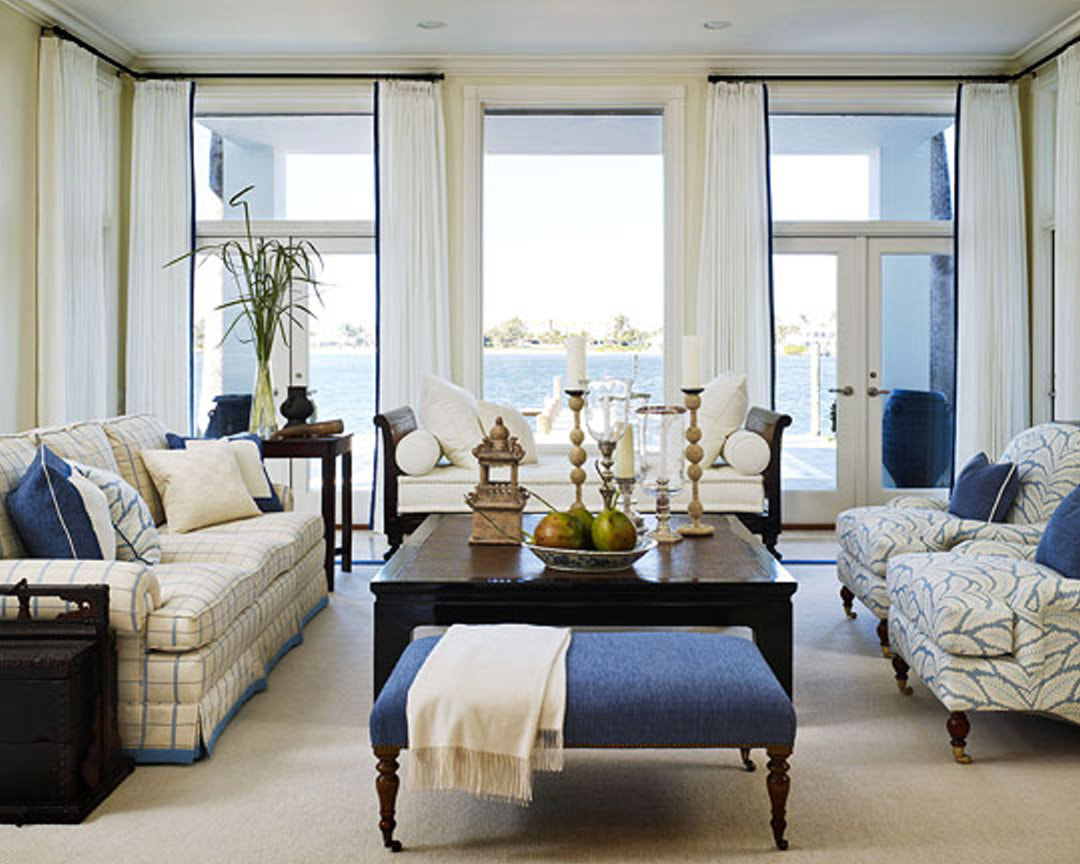







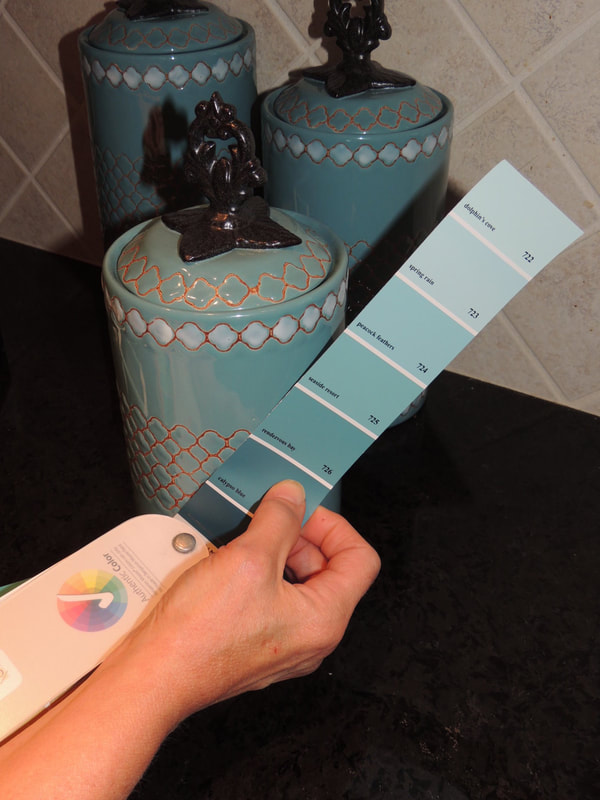



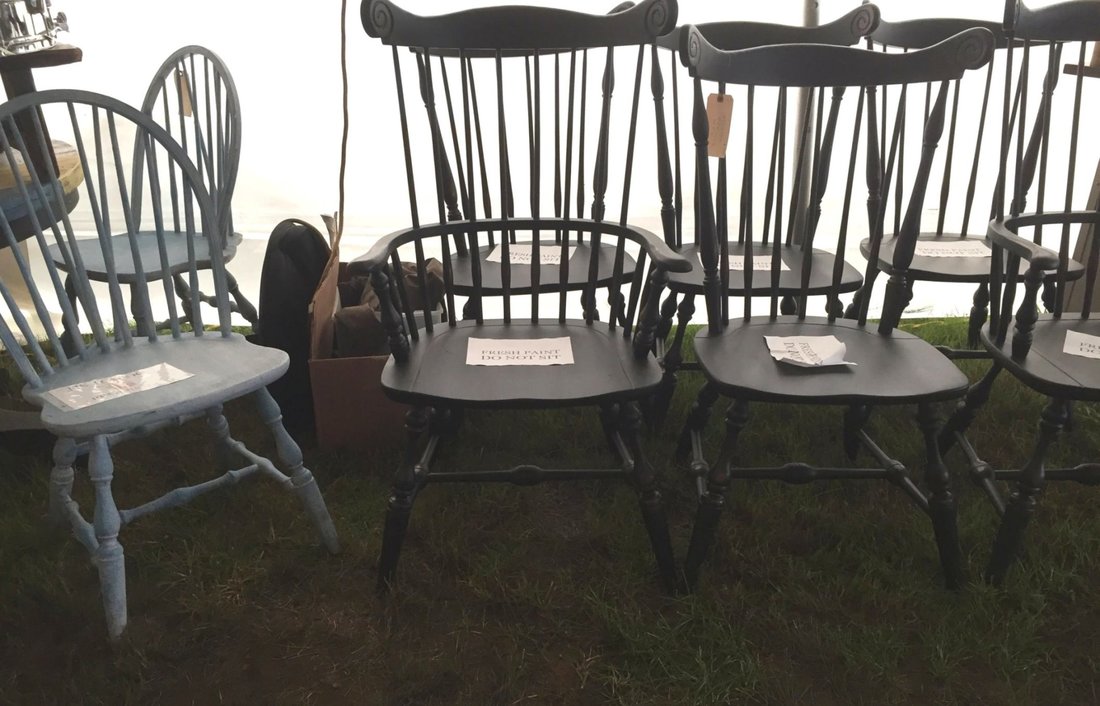

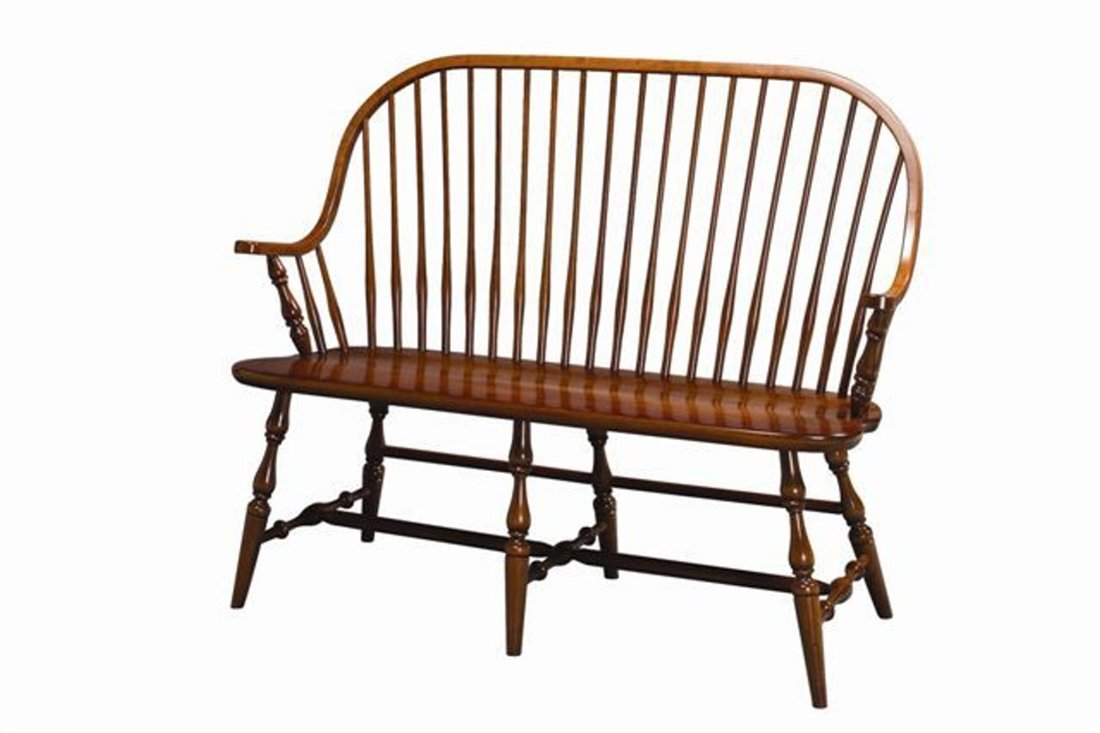
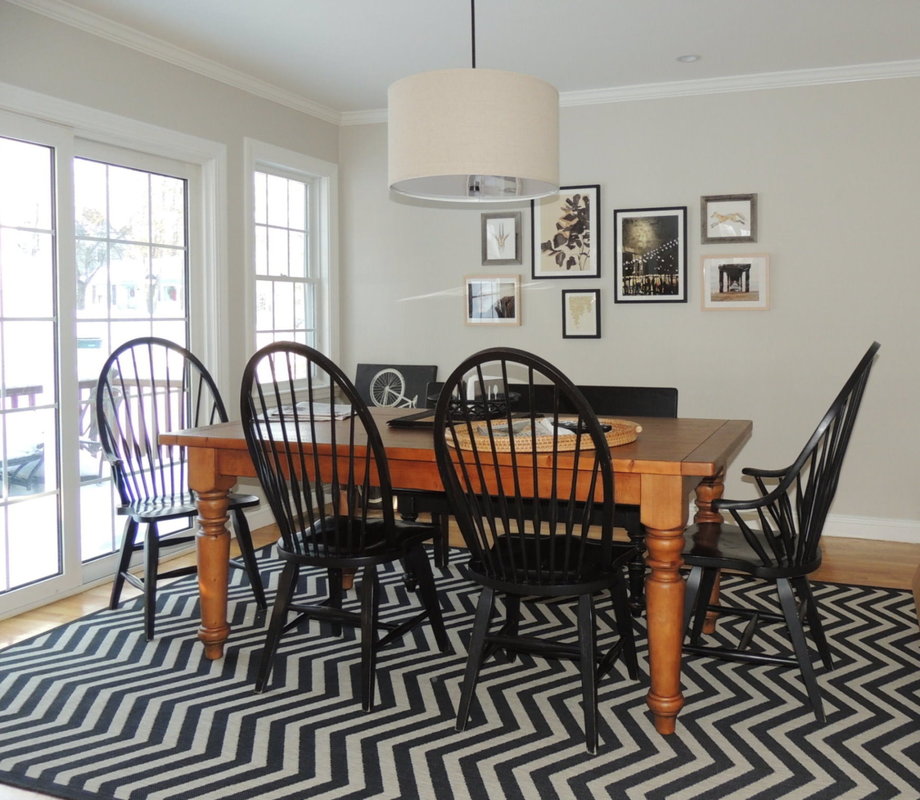









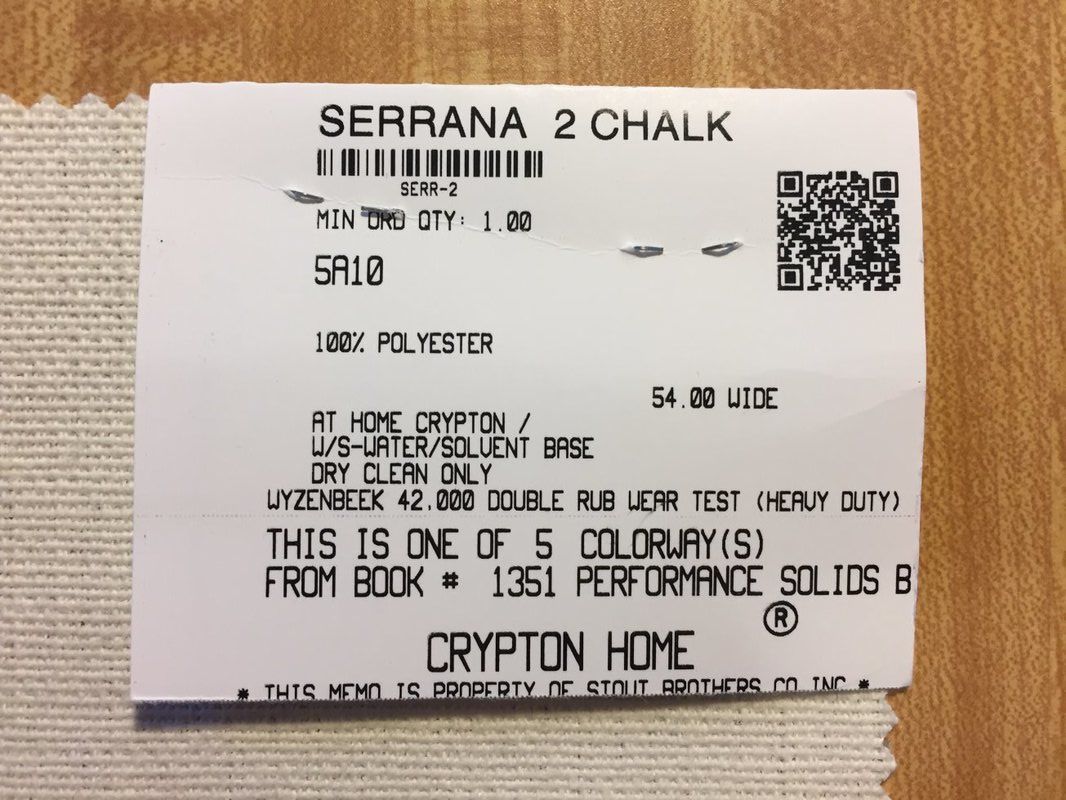


 RSS Feed
RSS Feed